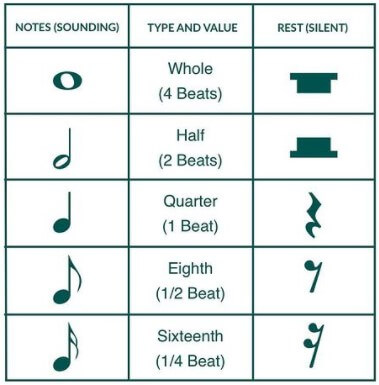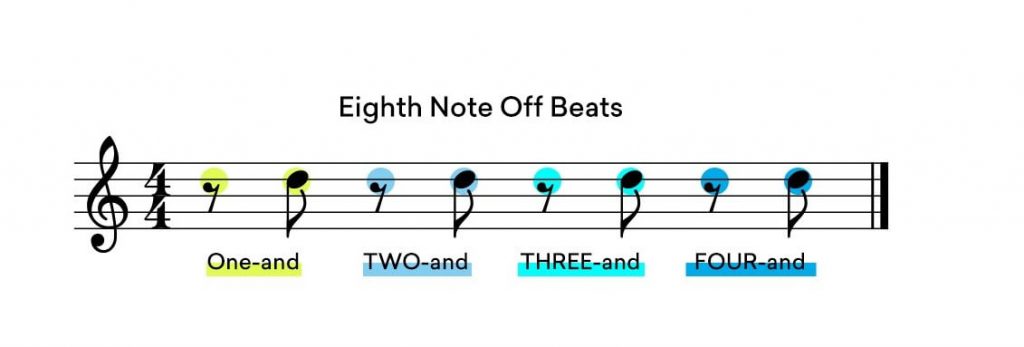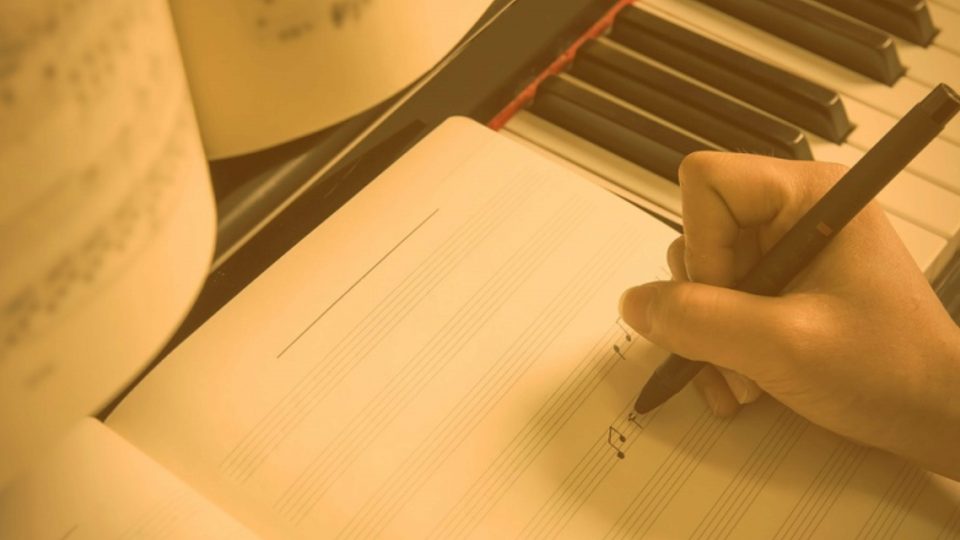Syncopation: How to Write On the Off Beat
Syncopation is used in all genres because it adds so many levels of intrest to a composition. Syncopation keeps a tracks rhythm refreshing. After all, the last thing we want to do is bore our listeners.
However, such a topic can be hard to get to grips with. In our final article on rhythm, we’re going to break syncopation down for you so that you can write music that keeps everyone who tunes in enthralled.
Define Syncopation in Music
Syncopation in music is when you, the composer, write a rhythm or multiple rhythms that don’t conform to the common pulse (rhythm) of your music. We use syncopation to spice up a bar or a whole phrase and keep our listeners engaged.
We briefly discussed syncopation in our first rhythm article. But, honestly, syncopation deserves its own article because it can set your music apart from your peers when done well. If you haven’t brushed up on your music theory then here’s a quick recap…
A musical time signature is what determines the number of beats per bar/measure. In 4/4 time, where each bar has 4 beats that are equal to quart notes, each beat (1, 2, 3, 4) is what the main rhythm of the song sits on.
A syncopated rhythm in 4/4 time, then, emphasizes notes that aren’t on the 4 quarter beats in order to create a rhythm that your listener feels on the offbeat. A syncopated rhythm uses rests and subdivided notes to create an offbeat emphasis.
By subdivided, we mean notes that have smaller durations than the main beats. In our 4/4 example, subdivided notes would be eighth and sixteenth notes.

Using Syncopation to Spice Up Your Rhythms
A song with a good rhythm makes use of strong beats and weak beats.
Check out our first rhythm article for a more detailed explanation of meters, but time signatures are split into three different types of musical meters. We call these:
- Duple meter (beats appear in groups of two)
- Triple meter (beats appear in groups of three)
- Quadruple meter (where beats appear in groups of four).
A meter is not tied to note values in any way. You could include three quarter notes in a triple meter or three eighth notes. You could include two quarter notes in a duple meter, or you could include two sixteenth notes or two notes of any duration.

In our 4/4 example, the strong beats fall on the first and third beat. The weak beats fall on the second and fourth beats.
Together, strong and weak beats drive the beat in line with the 4/4 time signature. Any rhythm that sits on and/or emphasizes these beats (1, 2, 3, 4) Is an on-beat rhythm.
If your lead synth is emphasizing these beats as well as the upbeat between each beat then it is not a syncopated rhythm.
However, if you had another element not emphasizing these beats and emphasizing the upbeats between these main betas, then you have a syncopated rhythm.

If you’ve ever heard “1 and 2 and 3 and 4” spoken by a music teacher, the numbers signify the main beats. The upbeat, on the other hand, is not emphasized and is signified by the “and”.
And that concludes our rhythm series. It’s been fun, but now it’s time for you to put this knowledge into practise. What better way to do that than with some awesome sounds?
The sampling revolution has risen in popularity and shaped music since the early 1970s. Sample culture continues to transform how millions of artists and producers do their thing in DAWs.
You too can break conventional norms, challenge the status quo, and open Pandora’s box of sound design.
Mixxed works with a growing number of sample labels and contributors to provide you with an affordable sample subscription service that’s more accessible than any before.
You’ll have access to our growing catalog of loops, one-shots, and sound effects that you can browse, download and keep forever for less than $3 a month.
Sign up today to find your sound!
